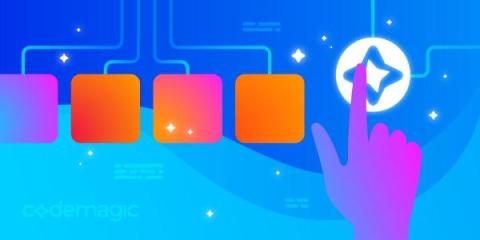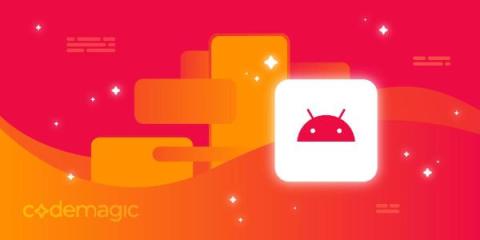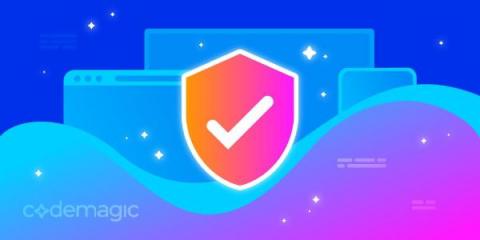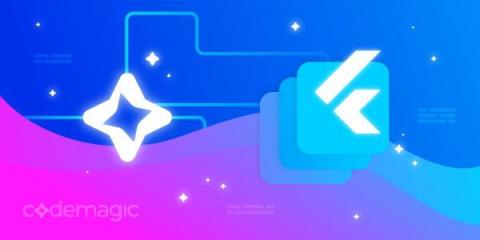Systems | Development | Analytics | API | Testing
Latest Posts
Leveraging Emerge Tools in CI/CD Pipelines for iOS App Size Optimisation.
The app size on my phone is 1GB which is double the size of my next largest banking app and 10 times the size of the following two. Does SoFi care to optimize the app? I’m hoping getting rid of the crypto exchange will reduce the overall size.” Said Mizzo12 on Reddit For too long, have we sat silent and allowed our app sizes to grow too big! While some of us enjoy the luxury of 5G internet and what seems like infinite storage, not everyone does! So..
Dr. Bazel: How I Learned to Stop Worrying and Love Building Systems
Building software can be as easy as baking a cake, or as hard as rocket science. It all depends on the tools you use. As a developer, you’ve probably encountered issues like inconsistent builds, long build times, and dependency hell. If you want to make your life easier and your software better, you may want to try Bazel, the ultimate build tool that can handle anything from cupcakes to spaceships.
100% Flakiness-free UI test automation with Kaspresso and Allure TestOps
UI testing in mobile app development is a challenging task due to multiple factors such as flaky tests, saving screenshots, printing useful logs and readability of test codes. We will be talking about a new UI testing framework Kaspresso for Android apps and how it is different from other frameworks when it comes down to solving these challenges.
How to Test Native Features in Flutter Apps with Patrol and Codemagic
“It’s no use! I can’t run an end to end test with Flutter’s integration tests”, exclaimed one of our customers about 9 months ago. I asked what the problem was and they explained that they were using Google Authentication for logging in and used the google_sign_in package for and it wasn’t possible use Flutter’s integration tests to interact with the login screens.
Building Widgetbook using Codemagic
This article delves into the advantages of Widgetbook and explains how to build and publish Widgetbook builds to the Widgetbook Cloud platform using Codemagic CI/CD.
Securing CI/CD with 1Password
Secret management in shared environments like Continuous Integration and Delivery services is challenging. It’s essential to keep secrets secure and ensure they don’t end up in the wrong place, like logs or code repositories. Integrating solutions like 1Password into CI/CD workflows offer the advantage of centralising secret management, and it also allows you to encrypt every secret, providing controlled programmatic access to applications.
Implementing Instant Object Detection in Live Image Streams using TFLite in Flutter
In Flutter’s early days in 2019, I developed a live object detection system for a major German company, despite the platform’s constraints. With release of Flutter 3.7 and advancements of TensorFlow have catalyzed the need to refine or overhaul this approach. This article discusses the newest techniques in live-stream object detection as showcased in the flutter-tflite GitHub repository.
How to Set Up Flutter Code Push With Shorebird and Codemagic
Mobile developers using Javascript-based mobile application development platforms such as Cordova, Ionic and React Native have enjoyed the benefit of being able to push app updates over-the-air without resubmitting their apps to the App Store or Google Play for quite some time. As long as the updates are not compiled code, and don’t change the primary purpose of the application then both Apple and Google allow this.
Optimising iOS builds with Tuist and Codemagic CI/CD
👋 Welcome to our guide on using Tuist and Codemagic CI/CD for mobile developers. In this guide, we’ll focus on how you can utilize the capabilities of Tuist, a command-line tool that helps maintain and interact with Xcode projects, in conjunction with Codemagic to expedite your build processes. We can significantly enhance build speed and efficiency through smart caching techniques. 🚀











